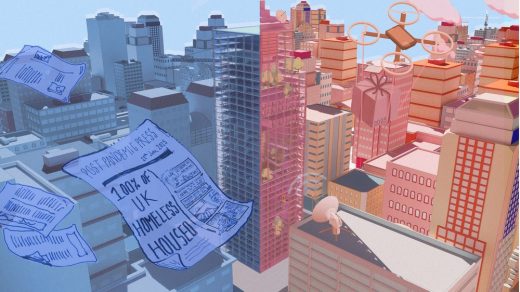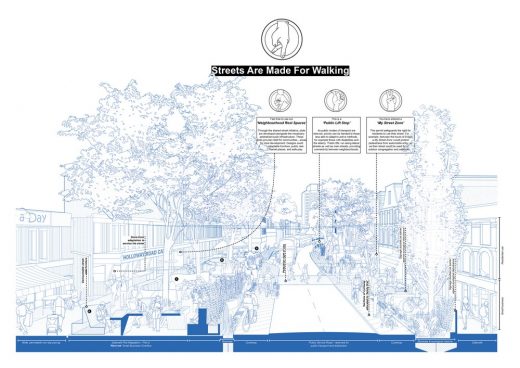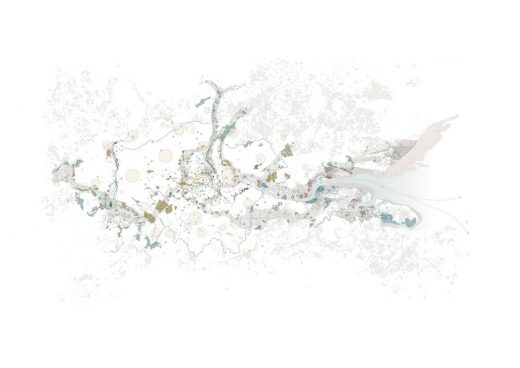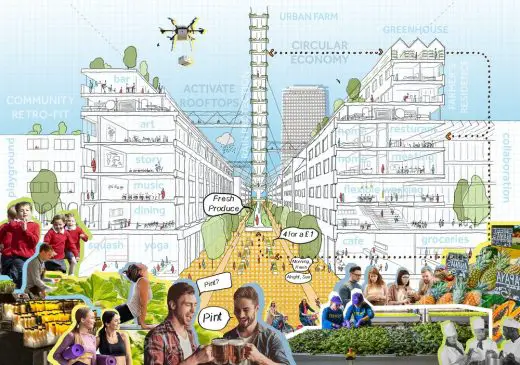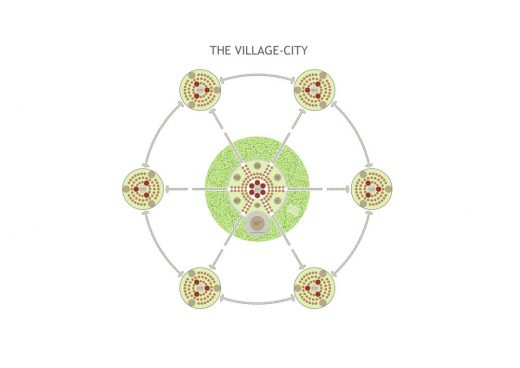RETHINK: 2025 Design Competition, RIBA post-pandemic Architecture Contest News
Rethink 2025 Design Competition Winners
27 July 2020
RETHINK: 2025 Design Competition Winners News
RIBA announces three winners of post-pandemic design competition
The Royal Institute of British Architects (RIBA) has today (27 July 2020) announced three joint winners of Rethink: 2025 – an international design competition seeking designs for our post-pandemic world.
Rethink: 2025 invited architects and students to consider what life and our built environment could look like by 2025. Entrants were given seven categories from which to generate ideas – the future of; healthcare spaces, remote learning, high density living, public transport, high streets vs online shopping, international travel and the use of technology to monitor and control populations.
The judging panel, made up of six design leaders and chaired by RIBA Journal Editor, Hugh Pearman, whittled down the initial 147 entries from 18 countries, to three joint winners in three categories – Building, City and Street. The total prize fund of £8000, sponsored by Arup and the RIBA will be split equally between the winners, with each being awarded £2667.
Judge, Ed Clark, Associate Director at Arup said:
“Evaluating the entries was an eye-opening process to appreciate the breadth and scale of the issues. We wanted to reflect that those issues are equally important at different scales and so awarded three equal first places.”
The Rethink: 2025 winning entries are:
Building
Get Everyone In, Benjamin Holland, Olivia Dolan, Katie Williams
This proposal draws on two issues which have been amplified by the pandemic – the need to house people who are homeless and the prediction that many office spaces will become permanently redundant. Bringing these issues together, it suggests that empty office spaces can be re-used and repurposed to house homeless people.
The proposed reworking of an office tower sees communal health facilities on ground level and brings nature into the space with sky gardens at the mid-level – as well as offering an opportunity for residents to grow their own food in vertical gardens. On the upper floor, drawings show how the deep plan office floor could be used for hostel-style bedrooms around the perimeter with communal spaces in the centre of the floor. There is also a floor left for some office workers.
Streets
Streets are Made for Walking, People Matter
This proposal uses Holloway Road, an arterial road in North London – as an example of what could be done in any city to redesign its streets to make high quality public space for those living either side of such traffic corridors.
In light of changes to how we use streets due to the pandemic – the entry is hopeful for a permanent move towards cleaner, more physically active methods of transport. This proposal offers a two-stage programme for capitalising on these changes, and accelerating a transition towards cleaner, greener, safer and happier streets.
The first stage will be to ensure that the temporary changes to the streets are made permanent by 2025 and that by 2035 these more liveable and breathable neighbourhoods will be linked in a series of lateral rings. The idea is that the radial roads out from the centre diminish in importance as the centre itself does, and the lateral connections increase in importance. With reduced amounts of commuting into the centres of cities now envisaged, this realignment becomes feasible and desirable.
City
Greater London Agriculture, Tim Rodber and Dominic Walker
This proposal seeks to transform London’s metropolitan area into an ecologically diverse, agricultural landscape, addressing the premise that industrialised food production has made us vulnerable to diseases transmitted from animals to humans.
The project proposes to introduce agroecology (sustainable farming that works with nature) to London by embedding growing spaces within and around the city, introducing funding for agroecological education that will allow trailblazing farmers to learn the skills necessary to flourish and pass on knowledge.
Initially a patchwork of productive landscapes, over time these growing spaces will become connected by bio-diverse corridors, with wildflowers for pollinators and edible plants for foraging. Along the Thames, a diverse range of activities will become part of this edible landscape, from the wetlands of Rainham Marshes for cattle grazing, orchards producing cider to experimental seaweed farms floating in the estuary. Circular economy entrepreneurs will work to improve logistics, closely matching food volume to demand, creating valuable innovative bioeconomy products that embrace interesting seasonal food. Organic by-products will return to the soil and the virtuous cycle will continue.
Talking about the three winners, RIBA President, Alan Jones, said:
“It’s clear that many of the impacts of COVID-19 will be long-lasting and will continue to shape how we live for years to come. These winning proposals demonstrate the crucial role that architects can and must have in delivering places and spaces for communities of the future. Last year the RIBA declared a climate emergency, recognising the important role that the built environment will play in meeting the government’s target of net zero carbon by 2050 – I’m delighted to see that sustainability and community are at the very core of all three of the winning proposals – my congratulations to them all.”
The Rethink: 2025 shortlisted entries are:
A Catalogue of Regeneration, Andrew Jackson
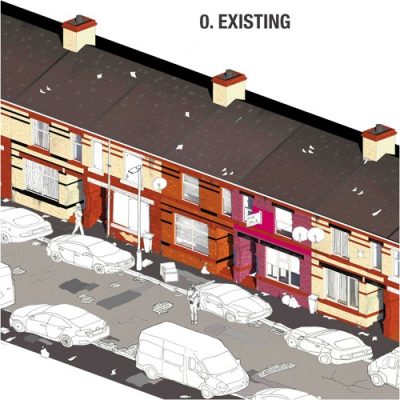
Childbirth Made Personal, Sarah Joyce, University of Leeds
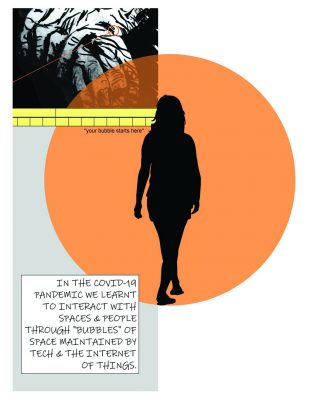
Eco-Archi Post Covid, Khan Bonshek
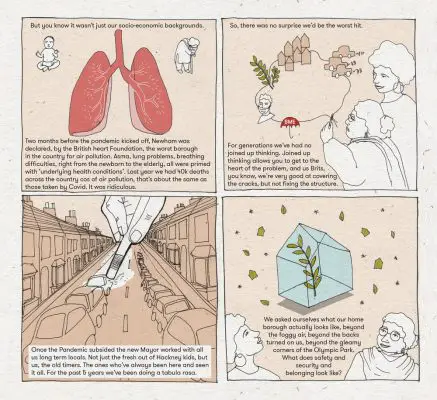
Far off is close at hand, Haslam & Co Architects
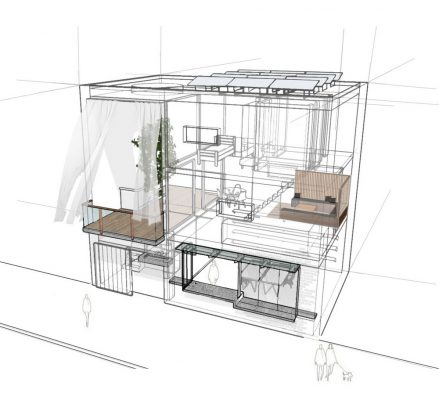
Get Everyone In, Benjamin Holland, Olivia Dolan, Katie Williams
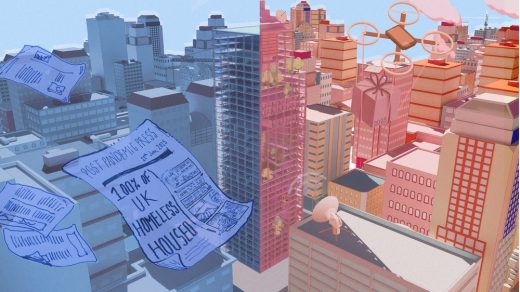
Greater London Agriculture, Tim Rodber and Dominic Walker
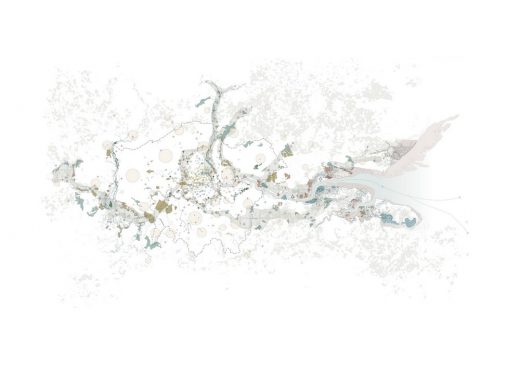
House Farm – Peru, Kenyi Kevin and Sulca Quichca, Universidad Nacional de Ingenieria
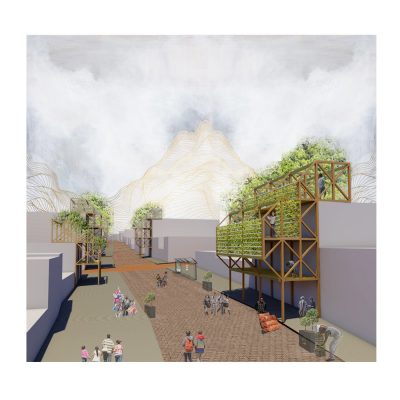
Streets are Made for Walking, People Matter
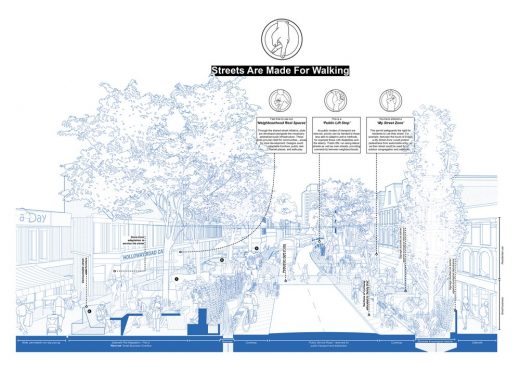
Window Living, Alice Vivoda, Patricia Schleeh, Eva Setz Kengen and Mark Kengen, The University of Edinburgh
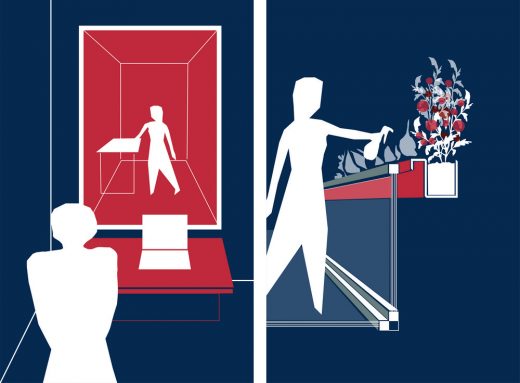
RIBA Rethink 2025 Design Competition shortlist & longlist
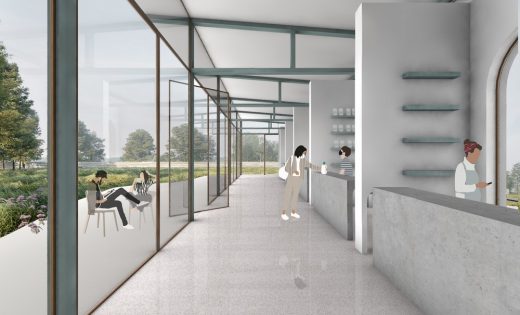
RIBA Rethink 2025 Design Competition Longlist
‘RETHINK: 2025’ Design Competition
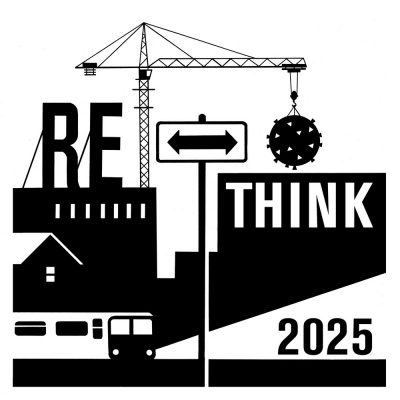
RIBA Rethink 2025 Design Competition
RIBA Design Competitions
RIBA Heath Park Competition for a vision of future living – longlist announced
Heath Park, Runcorn, Cheshire:
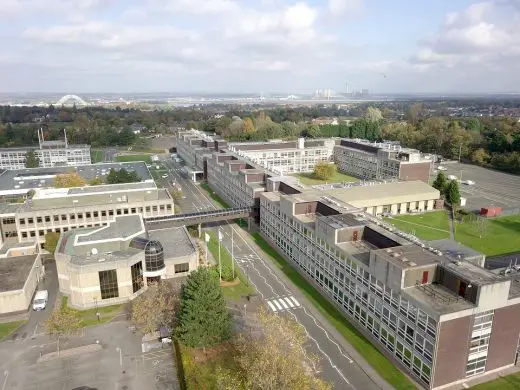
RIBA Vision of Future Living Design Competition
Low Line Design Competition – RIBA Contest in London
Musicity x Low Line London Architecture
Illuminated River in London

image © Malcolm Reading Consultants and Leo Villareal and Lifschutz Davidson Sandilands
Illuminated River London Bridge Designs
Illuminated River International Design Competition
English Architect Practices
Comments / photos for the Rethink 2025 Design Competition Winners page welcome


